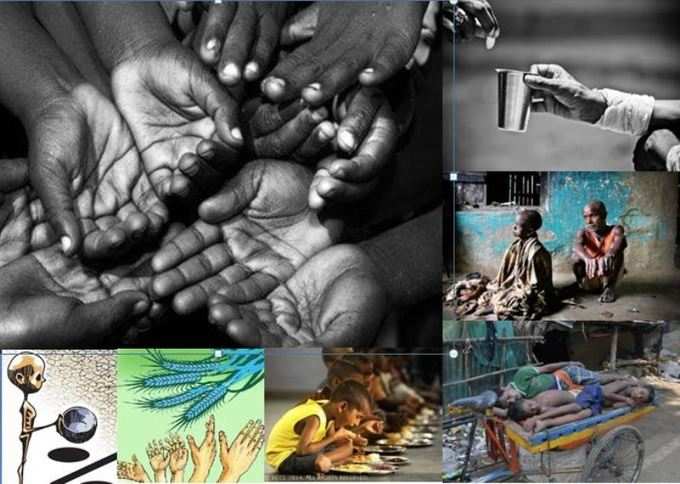
Just a few months ago, the
Consider the numbers. The net worth of India’s billionaires has jumped 12-fold in 15 years, enough to eliminate the obsolete
It is said that seven out of 10 people today, live in countries where
In the past, when economists spoke of economic growth, they chose to ignore the danger economic inequality posed to the pattern. They focused more on the pie, than its distribution. This obviously affected India’s growth pattern too.
It isn’t like the problems caused by a skewered income distribution were not known earlier. Being in the race for a greater economic empowerment, the nations, including India, ran the marathon with a single focus of touching the finish line than actually understanding the significance of the marathon itself.
Because when the disparity between the rich and the poor, the haves and the have-nots increases, the gulf that’s created can harm peace and sustainability much more than wars and riots can ever cause.
Solutions for this aren’t easy to come by, in the minds that have been conditioned to think of only growth without sparing a thought for social inclusivity. At very basic level, attempts to create social inclusivity can be achieved by improving upon taxation mechanisms with the perspective of setting right this huge gap.
When a country has nine entrepreneurs to contribute to the list of world’s 300 billionaires, time to understand the economic disparity begins at a moderate level. And when you consider the top 100 richest people in India are all billionaires, poverty begins to ring a different bell here.
The ‘good days’ as declared by Prime Minister
World’s largest democracy has been facing this question time and again with the hope of finding an answer. The country that swears by its technological advances also swears by the poverty that kills the poor even before they reach their adolescent years.
It has been two decades since India embarked on economic reforms. Though poverty rate has declined sharply since then, it has still been a challenge for the country to provide for its ever-increasing population that’s bursting at the seams. Vision of the future needs seems to have gotten hazy somewhere along the line.
There are both myths and realities that have made for the total picture on the poverty scenario. In the times when international standards are changing, it is only natural for India to follow the suit. The debate however, has been generating more heat than light in the country where hunger is a given, and unsafe surroundings, more than a reality!
Here is how things work or didn’t work!
Poverty line is inflated
Several politicians had come together to oppose the new poverty level suggested by
While in reality, what transpired was that the scope of poverty line was simply expanded to fit the new definition of ‘poor’ as against the international standards.
Poverty and inequality are different
In more ways than one, poverty and inequality could be different. But, that is only possible in urban areas where other factors do not play a role. In a rural setting, where majority of the country lives, poverty and inequality have different dimensions and are interlinked. A poor person has all the chances of remaining poor throughout his life despite his entrepreneurial skills and hard work if he belongs to a lower caste by birth. Because markets and access to markets in rural areas are predominantly controlled by dominant castes.
Subsidies will eradicate poverty
Whether it is subsidising the goods or social transfer schemes, the poverty line would not budge unless some drastic steps are taken to change the social equations. Simply because India lacks the fiscal resources to support a spending scheme of huge magnitude that would affect the largest portion of people who belong to the 680 million category who are impoverished.
Budgetary allocation can help
It has been two decades since India started its spending on social welfare. But what has been eating at the very root of the system is the corruption and attitude of middle class people and the poor towards
Hunger is the biggest expression of poverty
Though hunger is the face of poverty, it does not remain a single most expression that sums up the situation. No access to healthcare, safe surroundings, clean drinking water, and sanitation are also among those aspects which decide the line of poverty. On an average, India cannot access half of international healthcare standards.